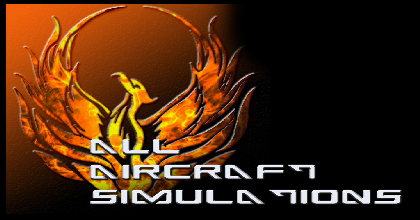16.08.2009, 17:57
What "real" amount of area can be modeled 1:1 for an IL-2 1946 map ?
What is a 'practical' size for display in the brief / map screen ?
If there are other considerations, please do tell :wink:
thank you in advance
I've read the map tutorial, still downloading files and reading threads .. am trying to find answers "on my own"
What is a 'practical' size for display in the brief / map screen ?
If there are other considerations, please do tell :wink:
thank you in advance
I've read the map tutorial, still downloading files and reading threads .. am trying to find answers "on my own"

![[Image: scotlandnorway.jpg]](http://img193.imageshack.us/img193/157/scotlandnorway.jpg)


![[Image: 29p95pf.gif]](http://i47.tinypic.com/29p95pf.gif)
![[Image: WesternFront1916.jpg]](http://www.canvasknights.com/images/WesternFront1916.jpg)